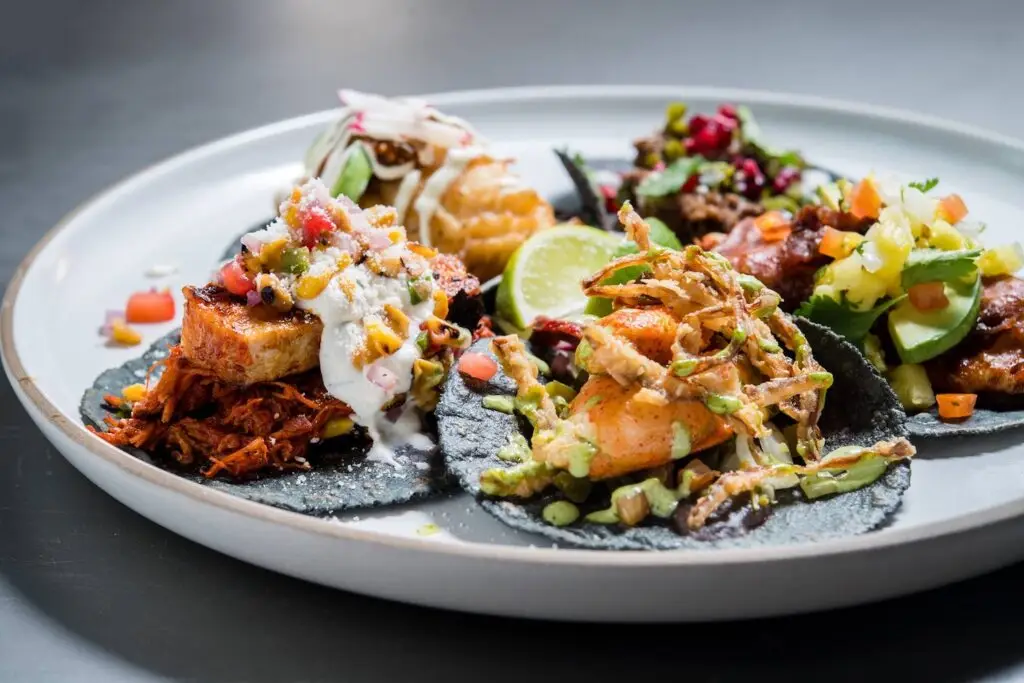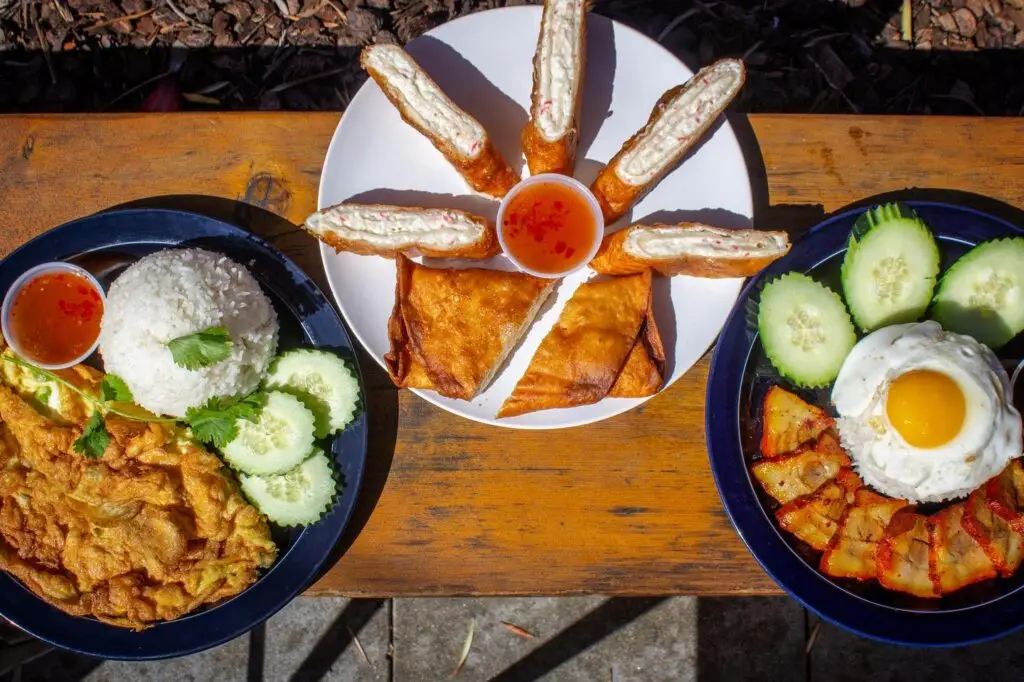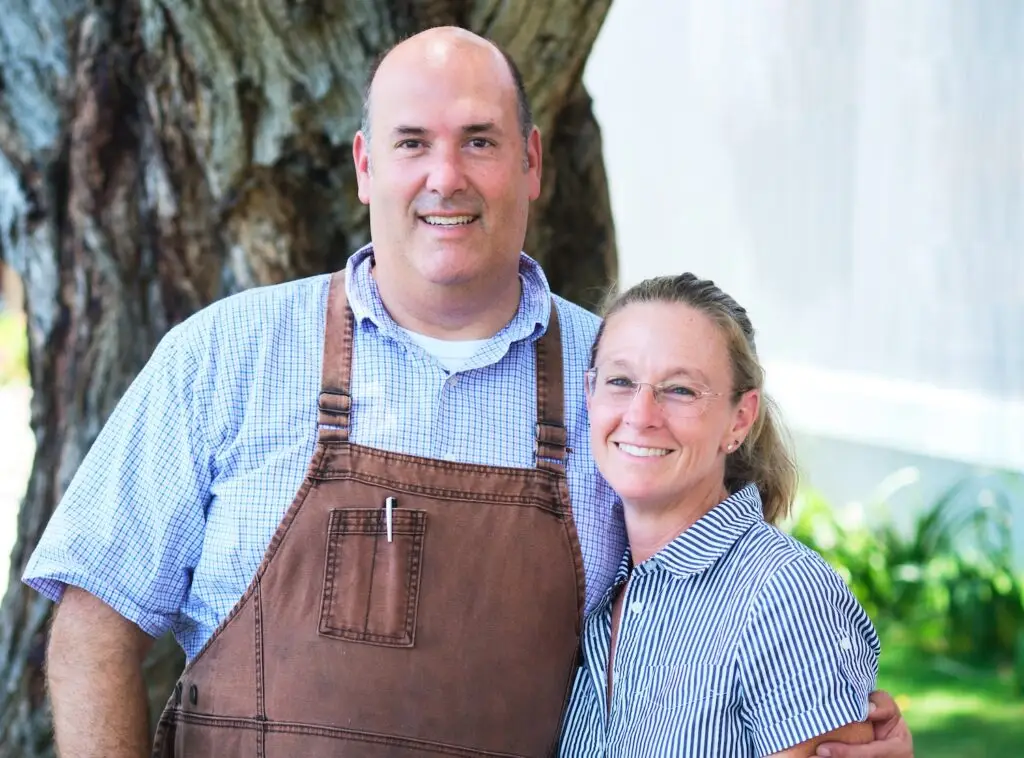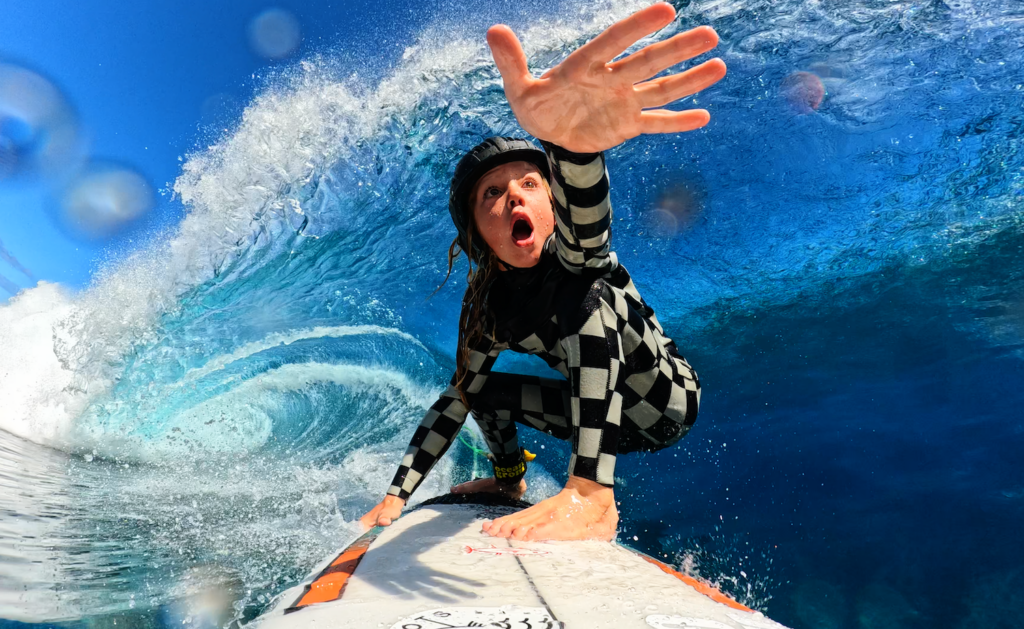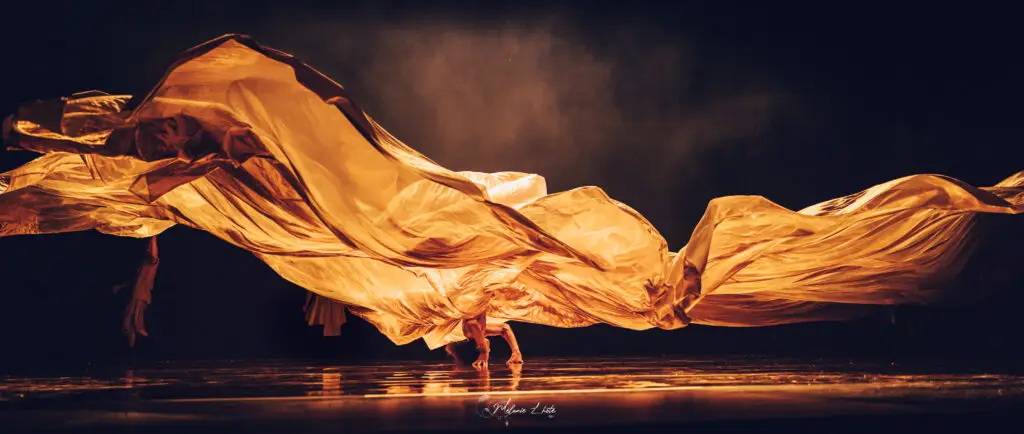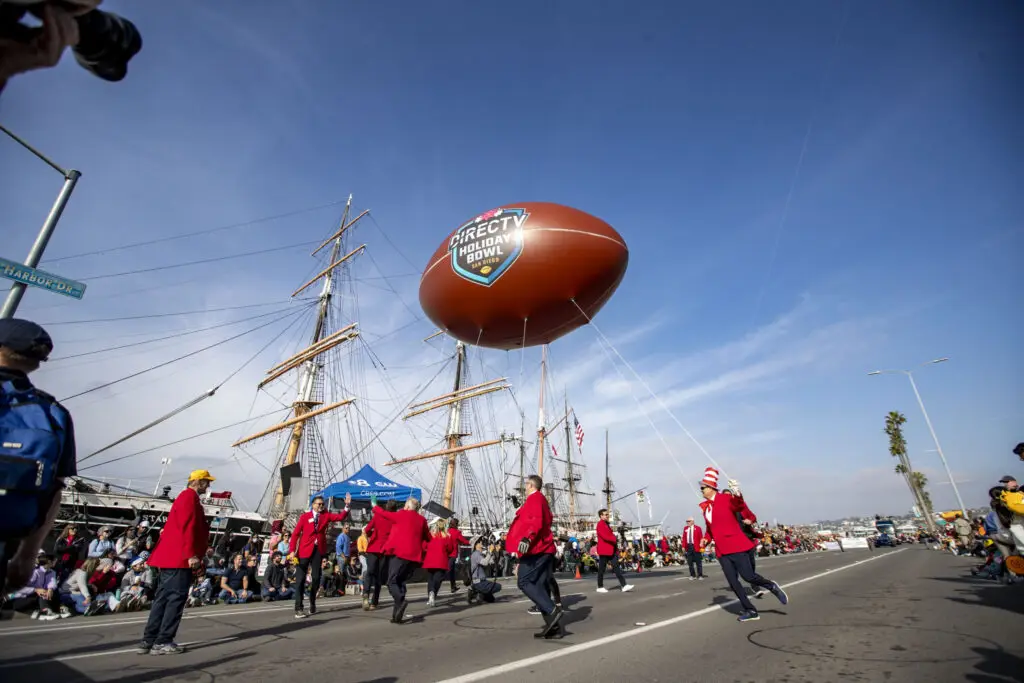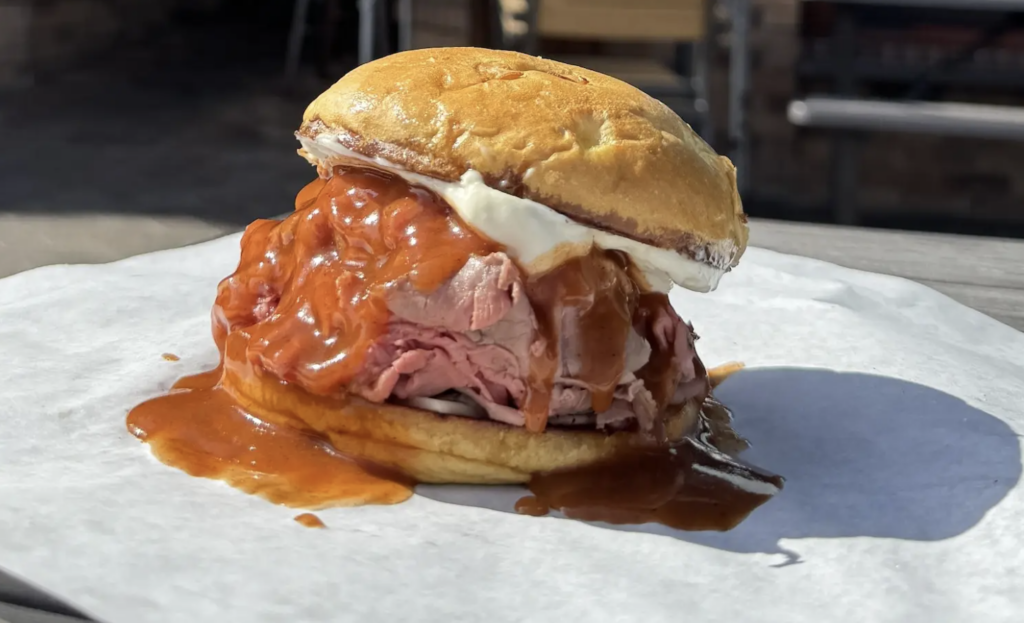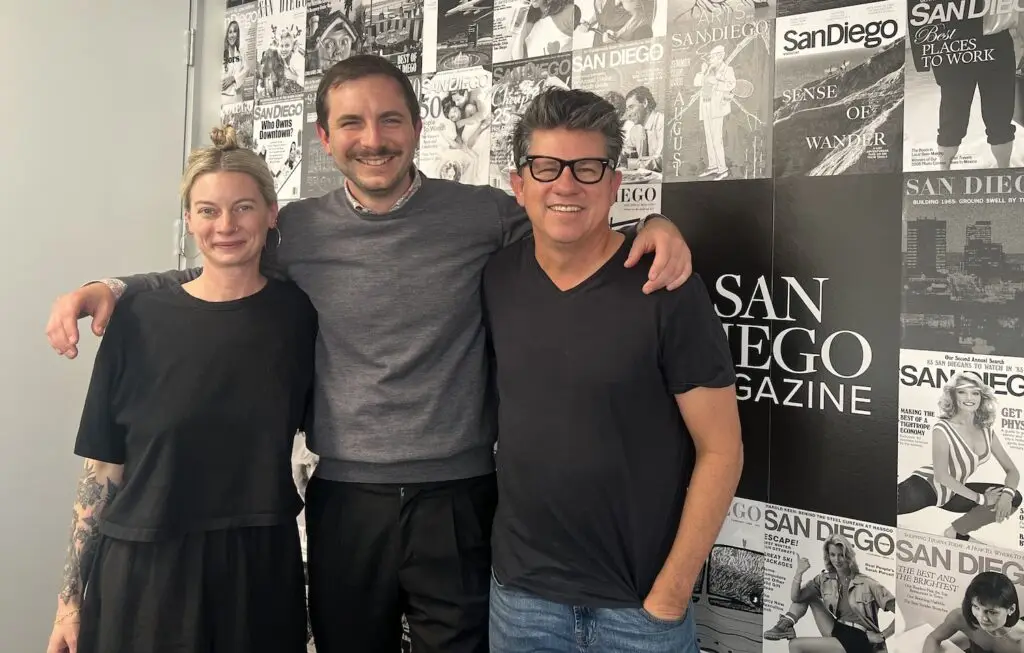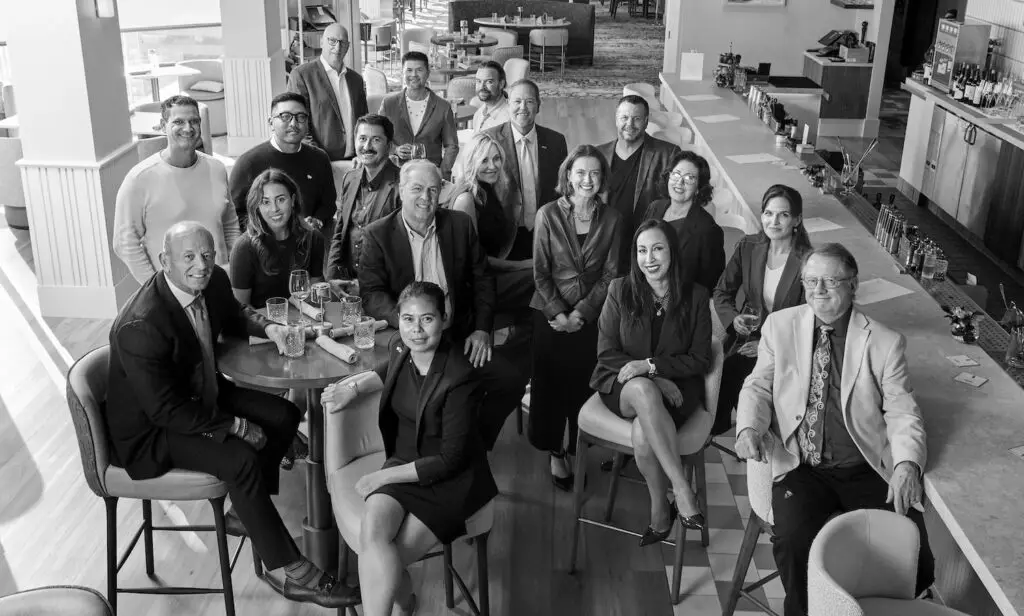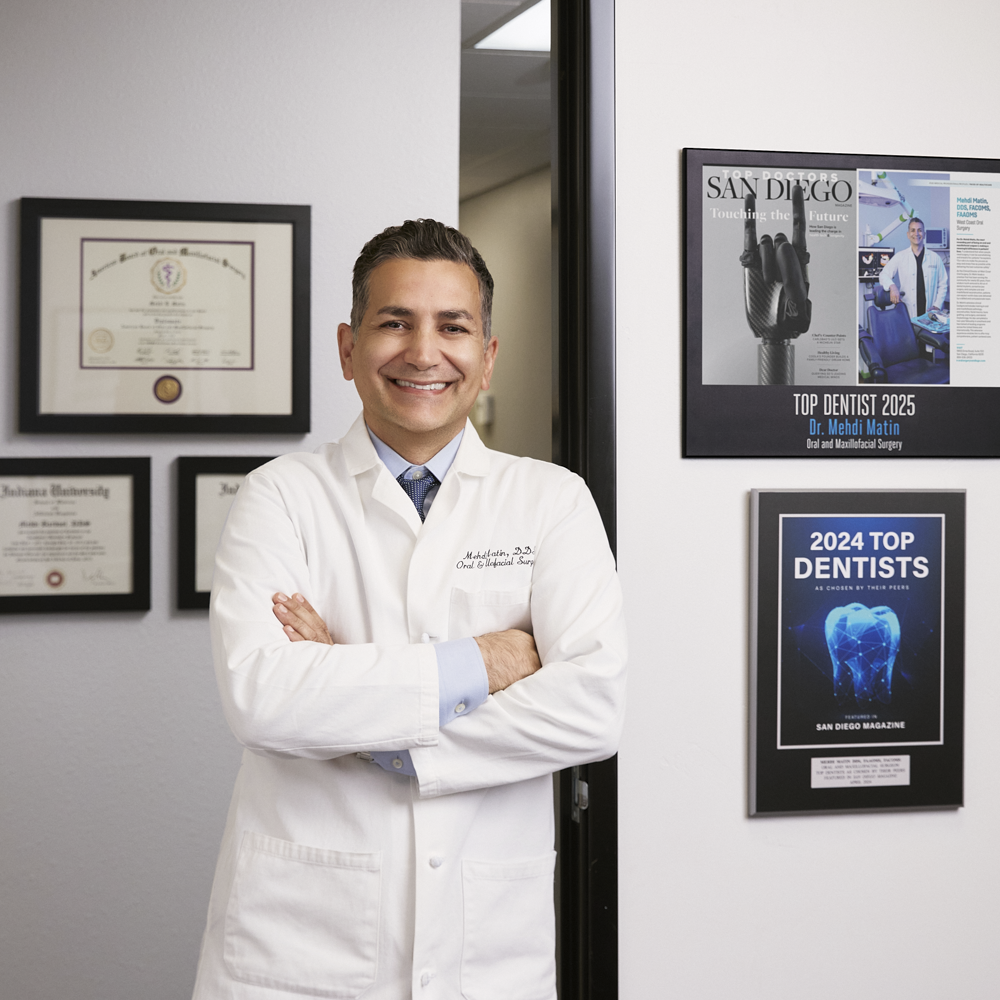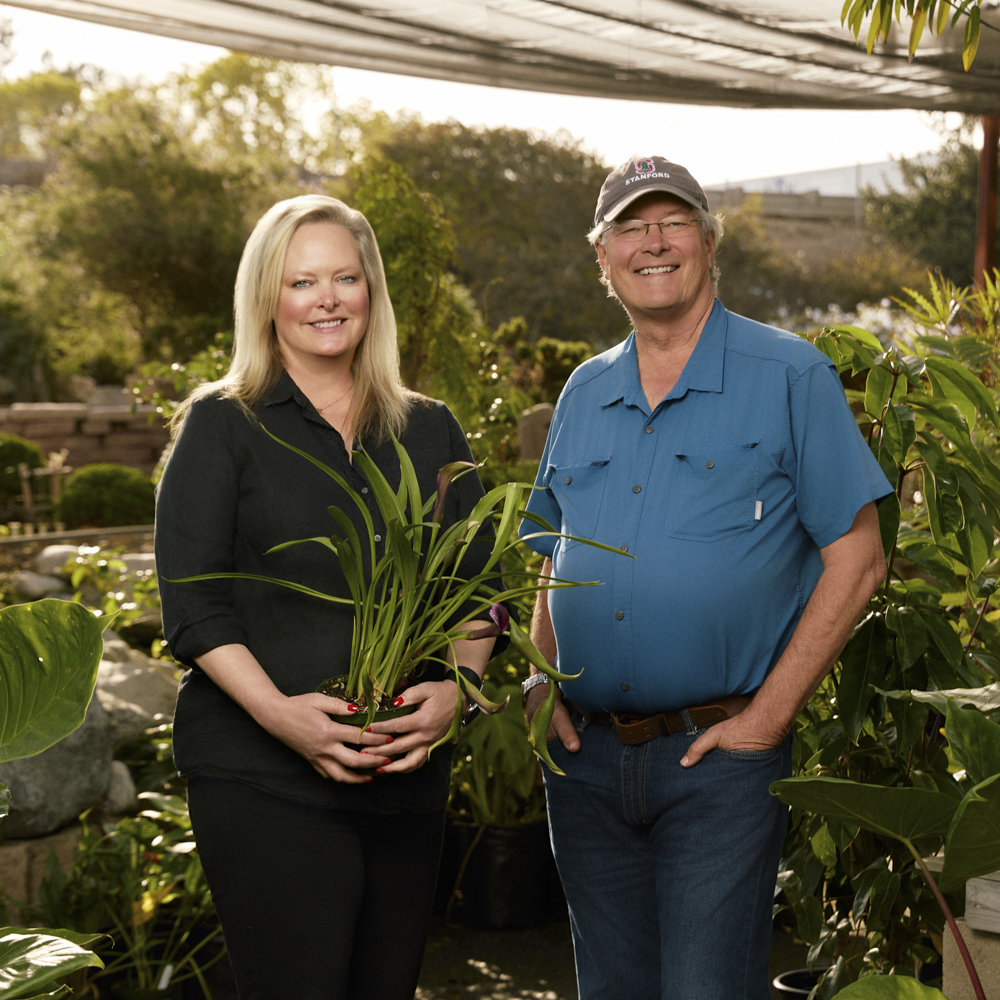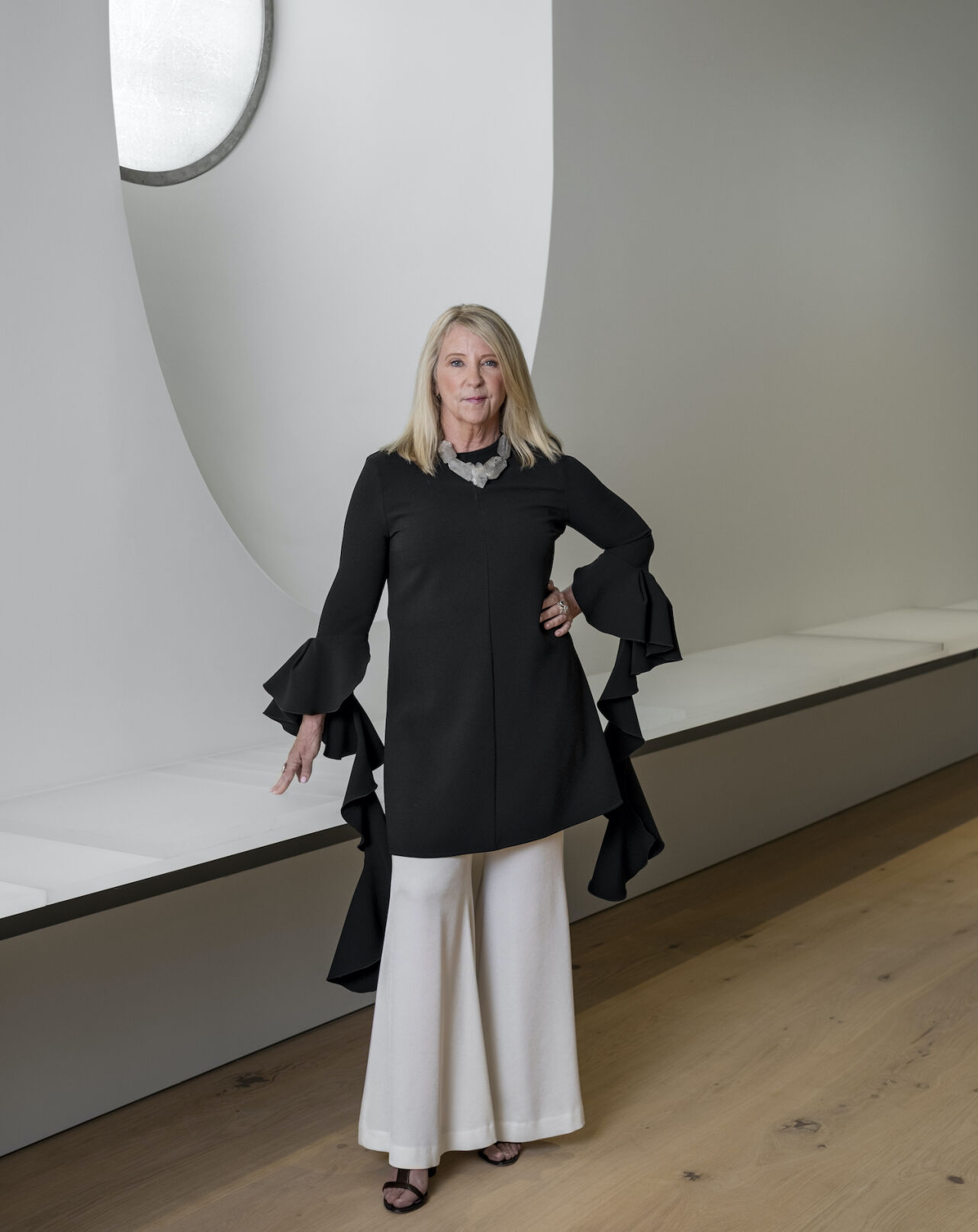
Jennifer Luce
When architect Jennifer Luce was first called to make over the Mingei International Museum in Balboa Park, the original plan was to upgrade the floors and lighting. But as Luce spent an entire summer immersed in the space, she saw the potential for something bigger and shared this vision with Rob Sidner, the museum’s executive director. “We told the board, ‘You really have an opportunity here,’” she says. This sparked the multiyear, $55 million overhaul of the entire museum and the addition of its new restaurant, Artifact. Luce, principal and founder of Luce et Studio (who also designed Extraordinary Desserts’ Bankers Hill location and George’s California Modern) spent a total of seven years working on the project. The Mingei reopened last September, and Artifact opened for service in December.
“There’s no better combination for an architect than to design a restaurant and a museum,” Luce says. When dreaming up the plan for Artifact, she was inspired by the restaurants inside the Museum of Modern Art and Rubin Museum in New York City, and she felt Balboa Park deserved something of that caliber.
“Museum cafés can be delicious, but often they’re not challenging or expressive of the institution. It was critical for me to translate the international aspect of the museum’s collection.”
The result is a sleek 3,430-square-foot interior of steel and clean lines filled with natural light, fitted with inviting and comfortable areas to lounge and dine. It’s a space where both the culinary arts and traditional art pieces are engaged in a harmonious relationship.
Tracy Borkum’s Urban Kitchen Group (Cucina Urbana, Cucina Sorella) was commissioned to develop the restaurant and Craft Café, the small adjoining eatery serving coffee and quick to-go meals.
Luce says Borkum was a natural partner for the project, and they both visited museums from Long Island to Berlin for ideas.
“Artifact is really going to change how people experience the park,” Luce says.
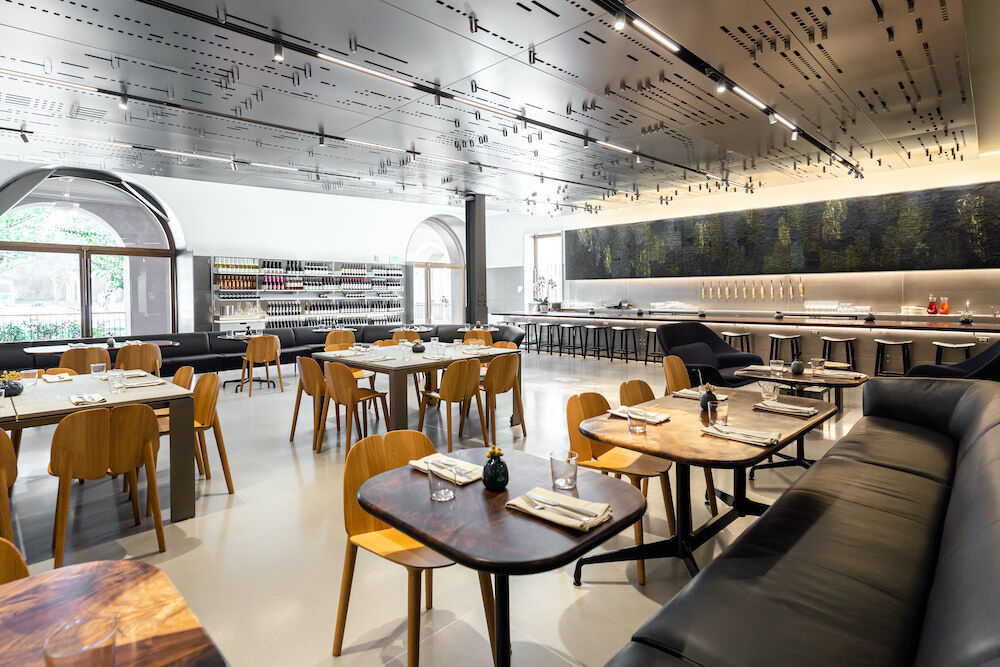
Artifact – ceiling
Kimberly Motos
Look Up
When you enter Artifact, be sure to look up. Otherwise, you’re missing out on one of the most striking elements of its interior: the 125-foot-long art installation Suspended Refrain, which spans the entire ceiling.
It’s a large-scale expression of vintage piano rolls. Self-playing “player pianos,” which were popular in the early 20th century, were fed by a perforated roll of paper—each perforation represents a musical note. The etchings in Suspended Refrain make up the notes of Barbra Streisand’s “What Are You Doing the Rest of Your Life?”—Sidner’s favorite song.
Luce said a visit to Sidner’s home one evening sparked the idea for the piece. Sidner owns a player piano, and used it to play the song for her.
“I was fascinated,” she says. “It’s an early form of a digital medium.” Luce sent the roll of the song to a machine shop in Kansas City to have it reproduced in Suspended Refrain. “It’s music floating above you from a canopy, under a canvas cover of stainless steel,” she says, adding that someone who plays the piano might be able to gaze at the ceiling and read the notes.
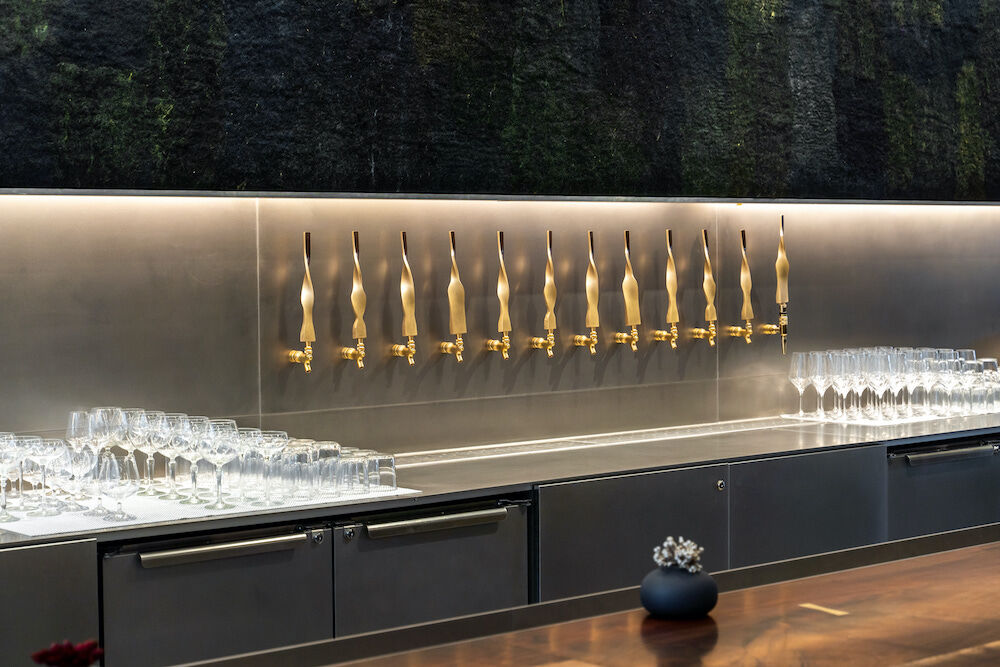
Artifact – taps
Kimberly Motos
Design Challenges
Aside from the expected challenges of completing construction during the pandemic, there were additional hurdles in working with the existing space. One was a requirement from the city’s parks and recreation department that a fence be built around the patio—which Luce felt would detract from it being a community space. She came up with a compromise: Luce and A. Zahner Company designed several handmade eight-foot spiral metal pickets and placed them around the perimeter, spaced enough for guests to see into the park between bites. “I’m not sure they [the city] knew what they were getting,” Luce says, laughing. The design of the patio fence also made its way into the tap handles for the bar. Above the bar is a felt mural, Truth and Beauty in Black by Claudy Jongstra. Luce says all the commissioned art for the restaurant and museum was made by women from around the world.
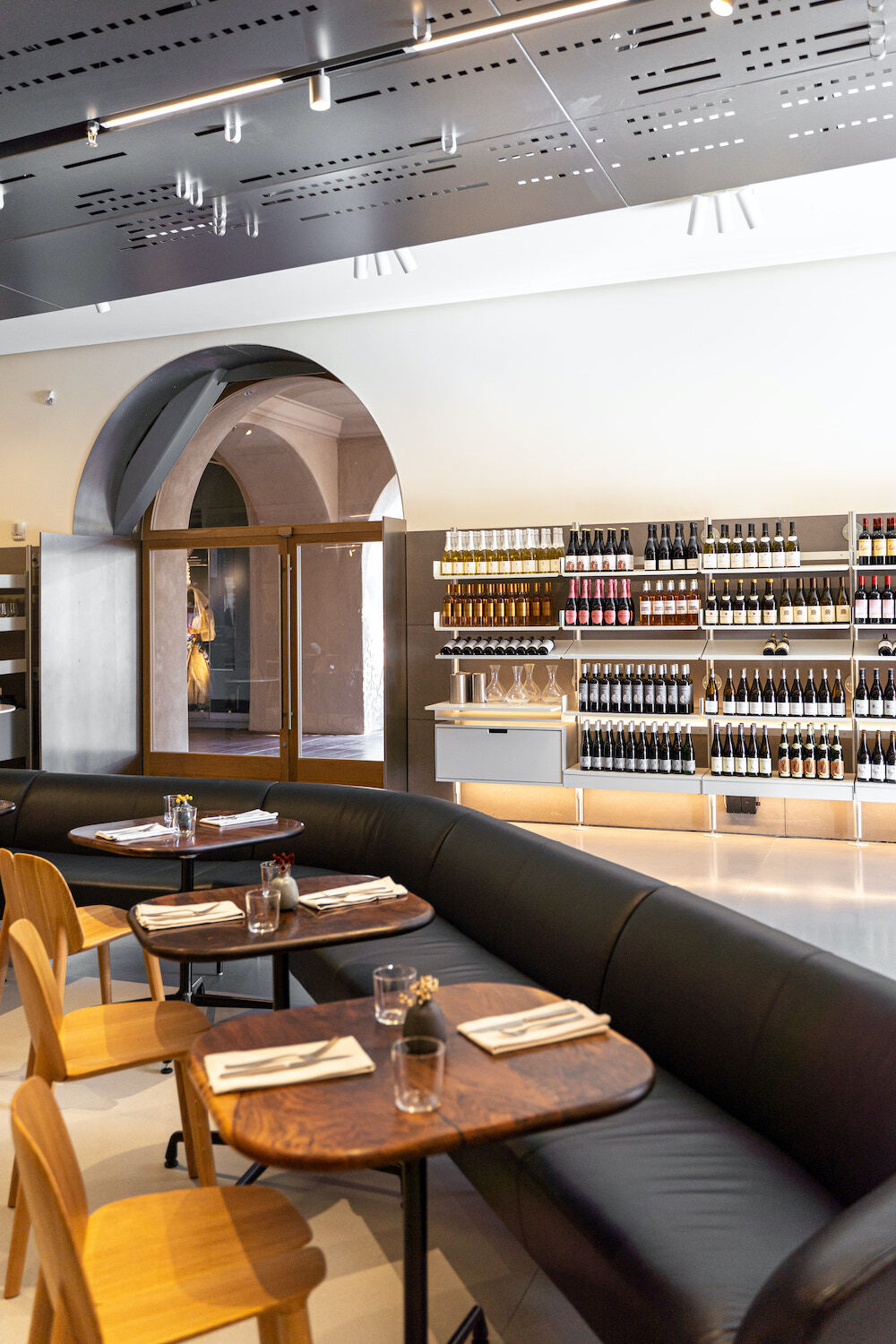
Artifact – dining area
Kimberly Motos
In the Details
A welcoming wall of wine is on display near the restaurant’s entrance, and the level of craft extends to the minimalist table decor and dishes, which also include handmade pieces. Depending on which table they reserve, guests can admire exhibits on the Mingei’s common level (such as The Carousel Animals, a collection of vintage figures that date back to 1890) and watch museum visitors come and go.
Now that the museum and restaurant are open, Luce enjoys seeing people interact with the space. “People sit down at the counter like they’re at home,” she says, which was one of her goals. She calls the Mingei “the living room of Balboa Park,” and wanted it to feel accessible for everyone.
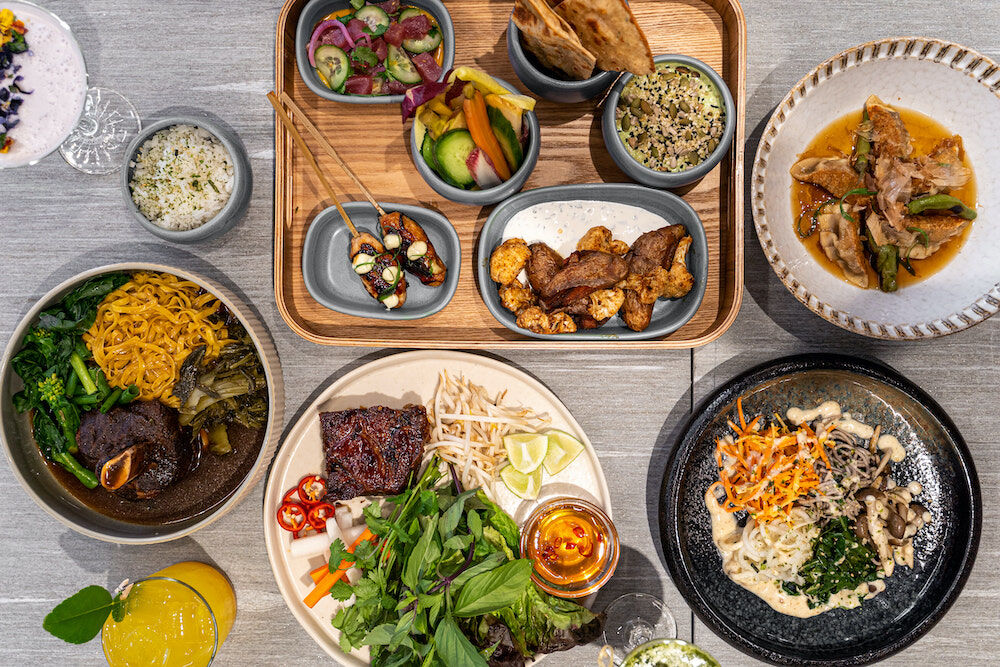
Artifact – food spread
Kimberly Motos
Culinary Arts
Chef de cuisine Jeff Armstrong says he and executive chef Tim Kolanko created a menu that would showcase older cuisines and “tell a story.” Dishes are spice forward, emphasize botanicals, and include mashups of flavors from different cuisines.
One section on the menu is devoted to a variety of dumplings, like Russian pelmeni and Japanese gyoza stuffed with rock shrimp. Fried potatoes are spiced with Ethiopian berbere, and sabaayad (Somali flatbread) are rolled and made to order. Luce says she likes the snack tray (which includes four appetizers) and how the menu is built for grazing and sharing.
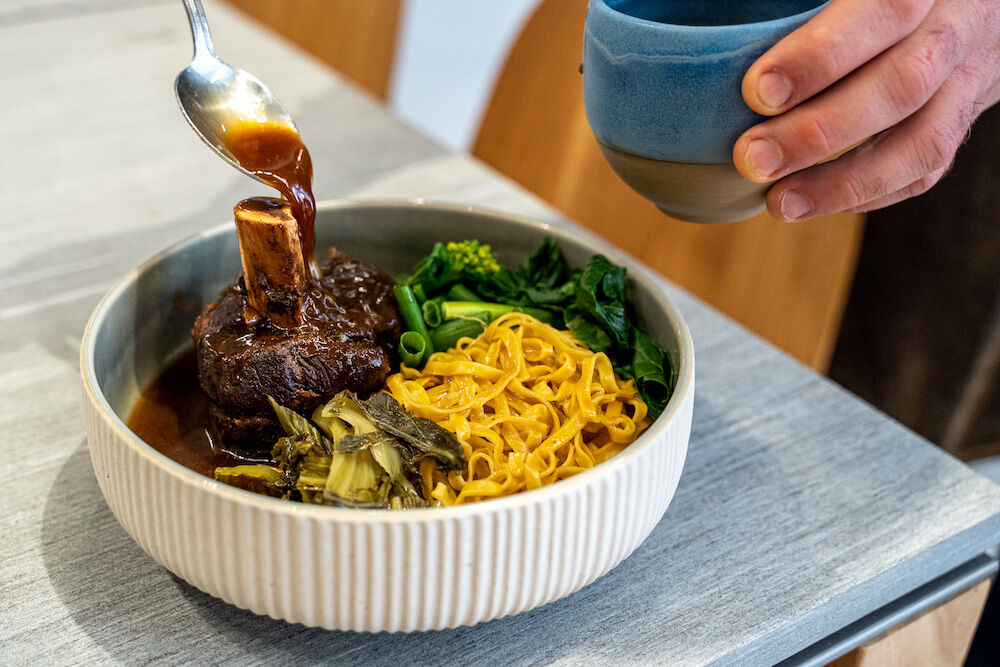
Artifact – food 2
Kimberly Motos
One standout entrée is the osso bucco with egg noodles. A tender cut of beef shank is served atop an aromatic broth reminiscent of Taiwanese beef noodle soup seasoned with lu liao bao (a mix of fennel, ginger, cloves) and Sichuan peppers, then topped with pickled mustard greens and gai lan (Chinese broccoli). Other lunch dishes include ash reshteh (Persian bean and noodle soup), and a wrap with spicy peri-peri chicken.
As of press time, Armstrong was developing the dinner menu, set to debut this month. He says diners can expect a three-to-four-course tasting menu as well as dishes à la carte, and that the offerings could change as often as every two weeks. Exhibits at the museum will influence the menu, he says, giving diners different tastes from around the globe.
PARTNER CONTENT
Luce is excited for dinner service to start, noting that the restaurant takes on a different life in the evening. Strips of lights are built into the patio’s flooring, and the entire venue is illuminated. “You have to see the space at night.”
